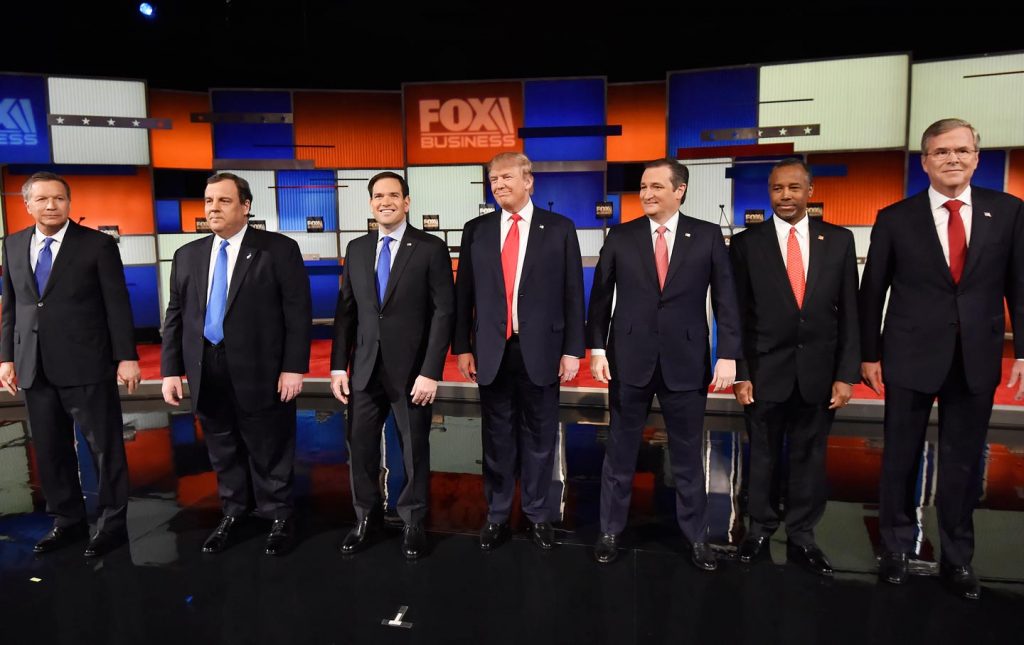LESS IS LESS
Years ago, when representing a national voluntary health agency, we toured cities across America to support its annual major fundraising effort.
It was surprising to have reporters for broadcast or television appearances ask us to give them some questions they could use during the interview.
It was helpful to both of us because there were always time considerations and helping them with questions could get us right to the point with a clear and concise message.
But as the years passed we came to see the request for questions as something else. For them, the cause didn’t matter. What mattered was that they had been assigned a segment of time on a local news show and on that day we were it. The reporter didn’t know what questions to ask because there was no time to learn about the subject and we could close that knowledge gap with a few questions we could answer…it was as simple as that.
This was not about news and information…it was about the news business as showtime.
 And as the endless round-a-lay of cable news and the constant flow of social media began to successfully compete with broadcast stations and even newspapers, the shift from hard news to simply “stuff” to fill a broadcast was all that was necessary to get viewers to perhaps pay attention to the ads
And as the endless round-a-lay of cable news and the constant flow of social media began to successfully compete with broadcast stations and even newspapers, the shift from hard news to simply “stuff” to fill a broadcast was all that was necessary to get viewers to perhaps pay attention to the ads
Little by little, as younger less prepared and educated people came into the field, as people no longer studied journalism but rather “communications” — the standards of information slipped further and further away. LexisNexis, the professionally accessible, daily collection of news data came to be the single source of information for so many reporters. Whatever was the latest on LexisNexis on any subject… would do.
Take all that easy access to information that is repetitive and skin deep and apply it to TV coverage of primary debates in an Election Year and you get what we see now… a lot of noise and not much more.
Less is less.
PRIMARY DEBATES
 Perhaps the Republican Presidential Primary debates in 2016 with Donald Trump and his red tie featured center-stage – revealed the essential useless emptiness and show-biz quality of these media events as nothing before ever had.
Perhaps the Republican Presidential Primary debates in 2016 with Donald Trump and his red tie featured center-stage – revealed the essential useless emptiness and show-biz quality of these media events as nothing before ever had.
There was no question that the one on one Presidential inaugural debate in 1960 between John F. Kennedy and Richard Nixon had set a high tone. And one on one debates have continued to be of informational value and have by their nature taken us up close to gather some personal perceptions about leadership potential.
But the primary debates are quite the opposite.
The one-minute statement plus 30 second follow-up to a stage full of candidates is simply stupid and yet it remains the keystone of these debates.
Trump, a natural showman with experience as a TV host for 18 years, murdered a stage full of 16 wannabes. As the inane format fell apart week after week, the debates became a showpiece for a guy able to simply destroy his opposition one by one with a series of personal attacks that were often juvenile in delivery but would never be stopped by moderators hired to do little but keep the action moving.
The present series of NYC Mayoral Primary debates is less obvious but remains ridiculous.
Can anyone actually explain extremely complex problems like significant crime control and equal justice or critical economic solutions in one minute and supply anything but sound bites that are like their TV commercials and social media ads? Of course not. But there it is…the format which makes no sense, is of no value but remains a constant.
And even as the moderators hear promises of providing 100,000 new jobs, 200,000 …500,000 they never even bother to ask how the candidate proposes to do it. Two teachers in every classroom in NYC schools? How with a national teacher shortage.
“How” is always delinquent.
Why not make a change?
 Each of the broadcast stations sponsoring the debates could work together so that only two of the most serious problems facing NYC would be covered on each of the debate programs. Now the candidates could be given three minutes to explain their answers leaving time for an interchange of opinions depending on the length of the coverage.
Each of the broadcast stations sponsoring the debates could work together so that only two of the most serious problems facing NYC would be covered on each of the debate programs. Now the candidates could be given three minutes to explain their answers leaving time for an interchange of opinions depending on the length of the coverage.
Each debate would handle a select number of problems and all would be covered so that we might learn something about the problems and those who would solve them.
Now the moderators might not only have a greater measure of control; they might even have the ability to challenge a candidate who refuses to directly answer a question revealing something about that candidate and his or her knowledge and abilities.
Media does not choose which candidates in a crowded race are selected for the debates. Money does. Fundraising success is the first measure of popular appeal.
It explains why Andrew Yang and Pete Buttigiege were standing on the stage at the 2020 Democratic Presidential Primary debate along with Senators, Governors and a Vice President. It explains why Yang is also in the NYC Mayoral Primary lineup.
No changes will be made this year. They may never be made. Broadcast media exists to entertain us and sell products. If they should also occasionally happen to genuinely inform us, that is a good thing, too.
It would be nice to think that the importance of elections at a time when their honesty is questioned by one half of American voters, is important enough to make debates valuable ways for us to listen to candidates, learn about solutions and decide which of many is worth our support.
The airwaves belong to the public. Media must periodically earn licenses from the Federal Communications Commission to broadcast.
Media access to the political structure makes a better process than we have now possible. But who will demand it?

“The one-minute statement plus 30 second follow-up to a stage full of candidates is simply stupid and yet it remains the keystone of these debates.”
Agreed. But what’s an alternative? Give each candidate uninterrupted twenty minutes for exposition and ten for rebuttal? This would exhaust audience patience so that only the first candidate(s) in line will be heard by most.